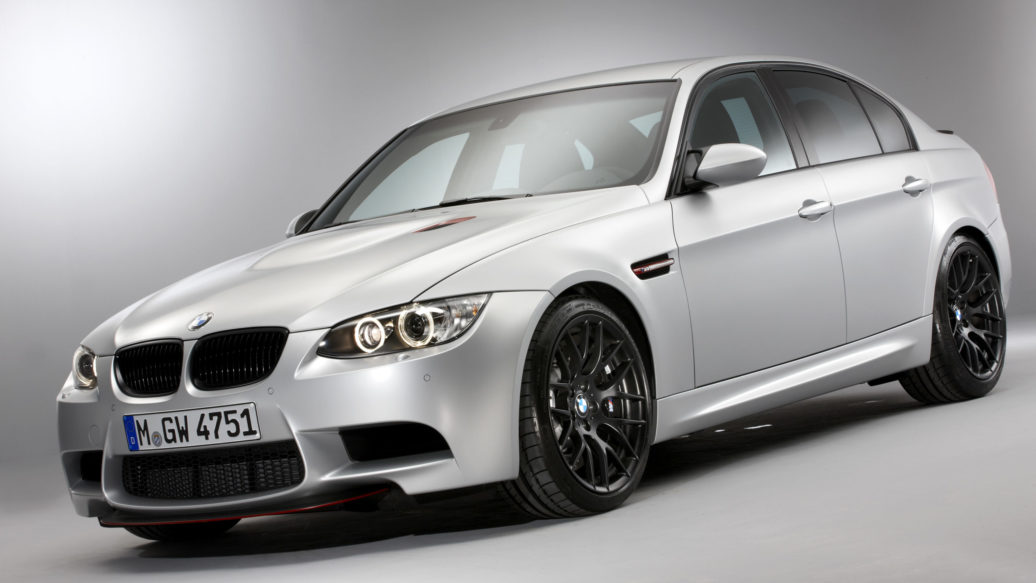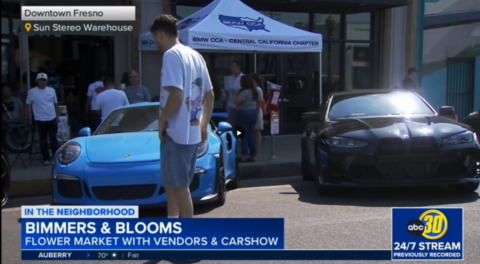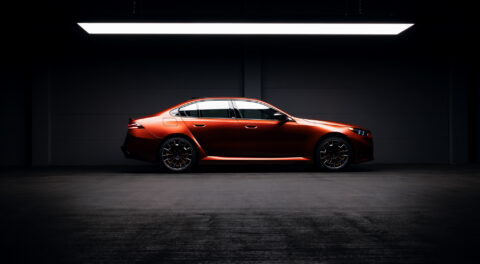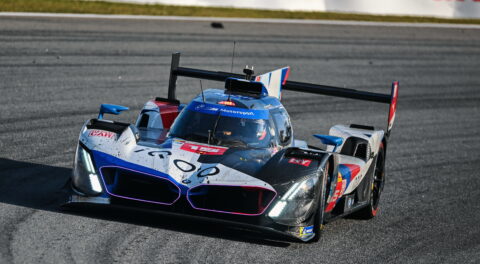It’s always interesting when forbidden automotive fruit ends up in the U.S., more specifically cars that were never sold here, but which have been imported and subsequently federalized well before the 25-year show and display exemption. We regularly see this with E30 touring models, the occasional European-market E36 M3, and of course, 3.8-liter E34 M5s, but it’s not often that someone is willing to spend the substantial sum necessary to bring something modern modern over here, and then federalize it for road use.
The process involved with federalizing a car has evolved from the days of so-called grey-market European imports which ended swiftly in the mid 1980s. The case can be made for cars such as the Porsche 959 and a handful of others in its class, but otherwise, the reason why you don’t see many modern not-sold-here cars in the U.S. is quite simple; it’s cost prohibitive—likely the same reason the manufacturer didn’t sell the model here in the first place. Nevertheless, someone out there took a gamble on a special and rare version of the E90 M3, and had the BMW federalized to meet U.S. Department of Transportation regulations at a reported cost of over $40,000.
The car in question is the 24th of 67 E90 M3 CRTs produced. The acronym CRT translates to Carbon Racing Technology in BMW vernacular, and the weight-saving treatment applied specifically to the V8 M3 sedan from a few generations back earned it a place among a handful of other special editions, including the E92 M3 GTS, and the 200 E92 M3 Lime Rock Park Editions made exclusively for the U.S. market and 2013 model year.
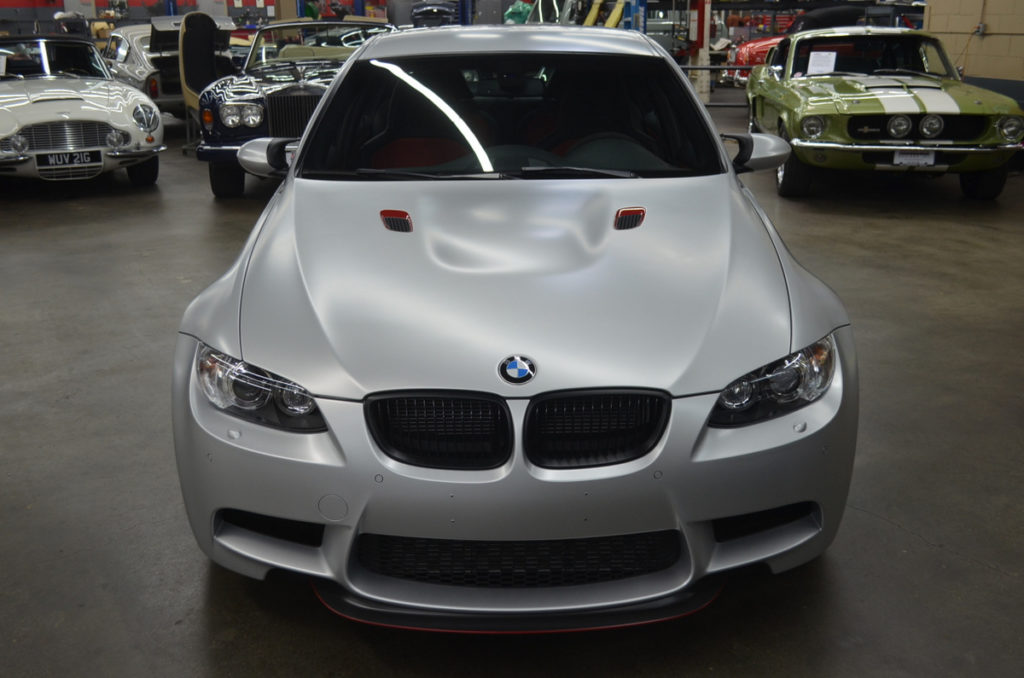
Back in 2011, the E90 M3 CRT represented the worldwide debut of carbon-fiber reinforced plastic (CFRP) in the automotive industry, a method of construction that has since found its way onto a number of other important BMW models, a list which naturally includes the i3 and i8, succeeding models of the M3 (and M4) and even the 7 Series. More specifically, the M3 CRT sheds about 150 pounds in comparison with a comparably equipped E90 M3, but does not sacrifice much in the way of creature comforts or amenities in the process, like other more track-focused BMW models.
The largest area of weight savings on the M3 CRT is the hood. Replacing the conventional aluminum design with a CFRP panel accounts for a 50% reduction in weight alone, while the interior was another focus area. There are bucket seats for the front occupants, and they’re made using CFRP layers which are then wrapped in a honeycomb made of recycled paper. Yes, we’ve long gawked at manufacturers charging more to remove items from production models, but in the M3 CRT, you actually spent more to get some recycled papier mâché. Instead of standard bench-style seating in the rear, the CRT came with a bolstered design that holds rear occupants in place. Rather interestingly, the M3 CRT came exclusively with M DCT, but this makes sense considering the car uses essentially the same drivetrain as the contemporary M3 GTS, including the S65B44 V8 stroker delivering 450 horsepower (and exhaling through a model-specific titanium exhaust). The 150-pound weight savings—remember, the CRT came with air conditioning, a BMW Individual sound system, Melbourne red leather, parking sensors, iDrive, and a lot more—amounts to a slight increase in performance, but the exclusivity and technological nature of the model were likely the true selling points back in 2011 and 2012.
The example for sale in the U.S. has covered just 500 miles from new—see the plastic that remains present on the production number badge below—and was federalized at a cost exceeding $40,000 with records on hand, a princely sum that will buy you one of the nicest conventional V8 M3s out there. Offered by a dealer out of Long Island, you’ll have to call to get the price.—Alex Tock

[Photos courtesy BMW AG.]

